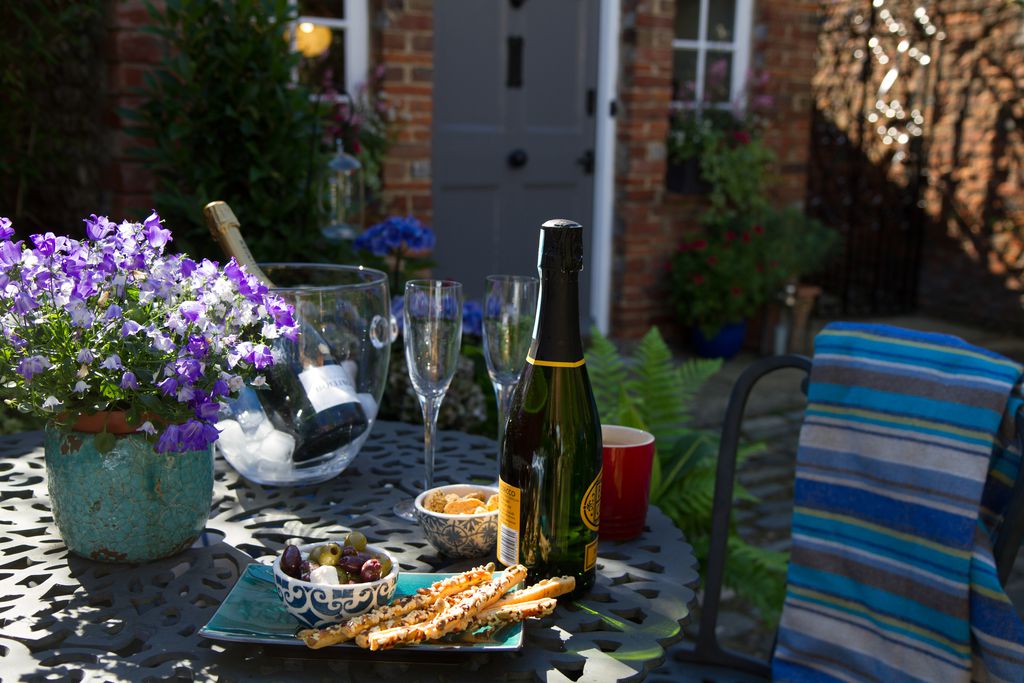

From being a symbol of imperial domination and power, it is today emblematic of Indian democracy and its secular, plural and inclusive traditions. Originally built as the residence for the Viceroy of India, Viceroy's House as it was then called, has metamorphosed into today’s Rashtrapati Bhavan. Painstaking efforts of thousands of labourers including masons, carpenters, artists, carvers, and cutters saw the completion of this masterwork in the year 1929.

This mansion has a total of 340 rooms spread over four floors, 2.5 kilometres of corridors and 190 acres of garden area. Rashtrapati Bhavan was the creation of architects of exceptional imagination and masterfulness, Sir Edwin Lutyens and Herbert Baker. It was Sir Lutyens who conceptualized the H shaped building, covering an area of 5 acres on a 330 acre estate.

Rashtrapati Bhavan, home to the President of the world’s largest democracy, epitomizes India’s strength, its democratic traditions and secular character.


 0 kommentar(er)
0 kommentar(er)
